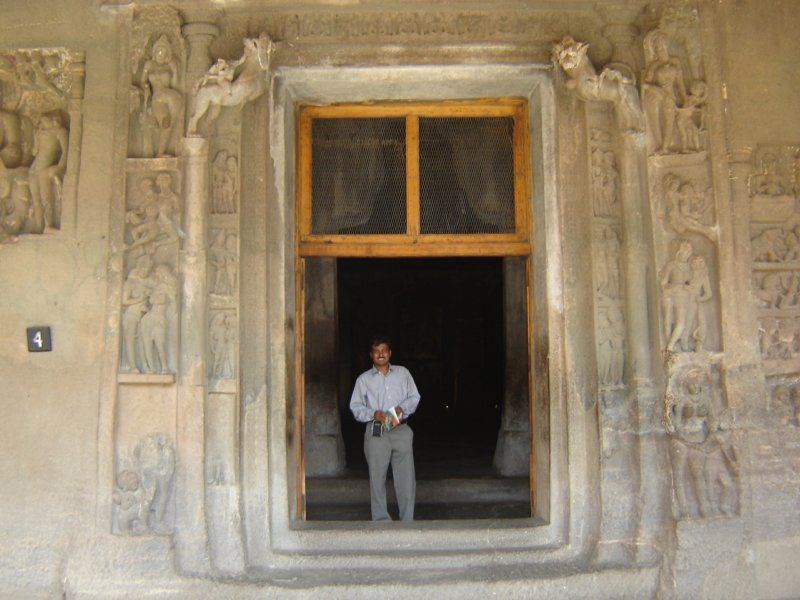

The monastic complex of Ajantā consists of several vihāras (monastic halls of residence) and chaitya-grihas (stupa monument halls) cut into the mountain scarp in two phases. The first phase is called the Hinayāna phase (referring to the Lesser Vehicle tradition of Buddhism, when the Buddha was revered symbolically). At Ajantā, cave numbers 9, 10, 12, 13, and 15A (the last one was re-discovered in 1956, and is still not officially numbered) were excavated during this phase. These excavations have enshrined the Buddha in the form of the stupa, or mound. The second phase of excavation started on the site after a lull of over three centuries. This phase is popularly known as the Mahāyāna phase (referring to the Greater Vehicle tradition of Buddhism, which is less strict and encourages direct depiction of the Buddha through paintings and carvings). Some prefer to call this phase the Vākāţaka phase after the ruling dynasty of the house of the Vākāţakas of the Vatsagulma branch. The dating of the second phase has been debated among scholars. In recent years a consensus seems to be converging on fifth century dates for all the Mahāyāna phase caves. According to Walter M. Spink, a leading Ajantologist, all the Mahāyāna excavations were carried out from 462 to 480 CE. The caves created during the Mahāyāna phase are the ones numbered 1, 2, 3, 4, 5, 6, 7, 8, 11, 14, 15, 16, 17, 18, 19, 20, 21, 22, 23, 24, 25, 26, 27, 28, and 29. Cave 8 was long thought to be a Hinayāna cave, however current research shows that it is in fact a Mahāyāna cave.
Created with Web Album Generator